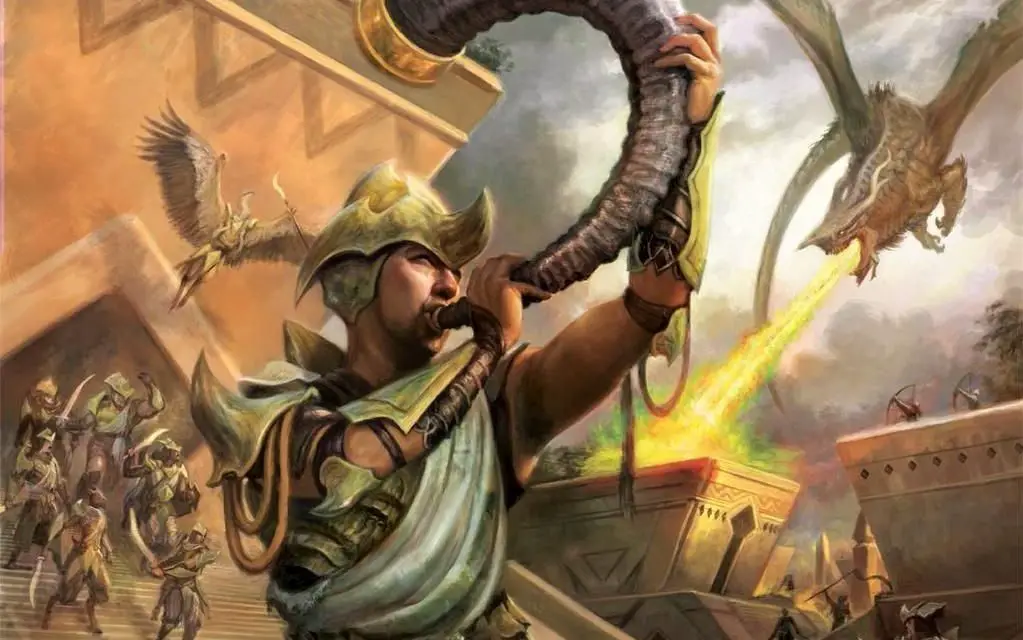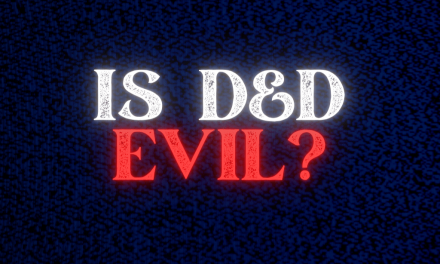For those who want to support their allies in combat while not being too far away from the action, we come to the College of Valor Bard subclass in D&D 5e.
With your dynamic bravado, you inspire those around you to greatness by pulling on the adventures of other heroes. Just as those myths inspire your party today, so too shall your party one day inspire others!
Bang the drums of war and be ready to rally others with a blast from your war horn. For greatness awaits you in this complete guide to the College of Valor Bard in D&D 5e!
What is the College of Valor Bard in D&D 5e?
The tales of heroes and their great feats can live on for hundreds or even thousands of years after the hero’s inevitable death.
As a College of Valor Bard, you are instrumental in making sure that these stories are never forgotten.
Just as surely as you recount the deeds of heroes of old, you also capture that same energy by telling tales of more recent heroes. Fortunately for your party, you are ready to sing of their heroic exploits from the mountaintops!
The College of Valor Bard is a skald, a historian, and a warrior poet.
After all, if the party slays a dragon and no one is there to tell the tale properly, did it really count?
You can find the College of Valor Bard in the 5e Player’s Handbook alongside the College of Lore Bard.
Role in the Party
When playing as a College of Valor Bard, you are much tougher than your peers from other Bardic Colleges.
You still fill an important support role, but you gain extra proficiencies that make you more formidable in combat. However, you still also have access to the Bard’s spell list to aid you and your allies both in combat and out of it.
Most Valor Bards will typically favor a Strength-based build. This allows them to stand on the frontlines with a higher Armor Class while dealing better damage with Strength weapons like longswords or halberds.
But don’t sleep on this subclass’s potential as a Dexterity-based ranged combatant!
As with most Bards, you’re well-suited to fill in nearly any holes in your party’s composition.
Related: Learn more about Party Composition and Character Roles here!
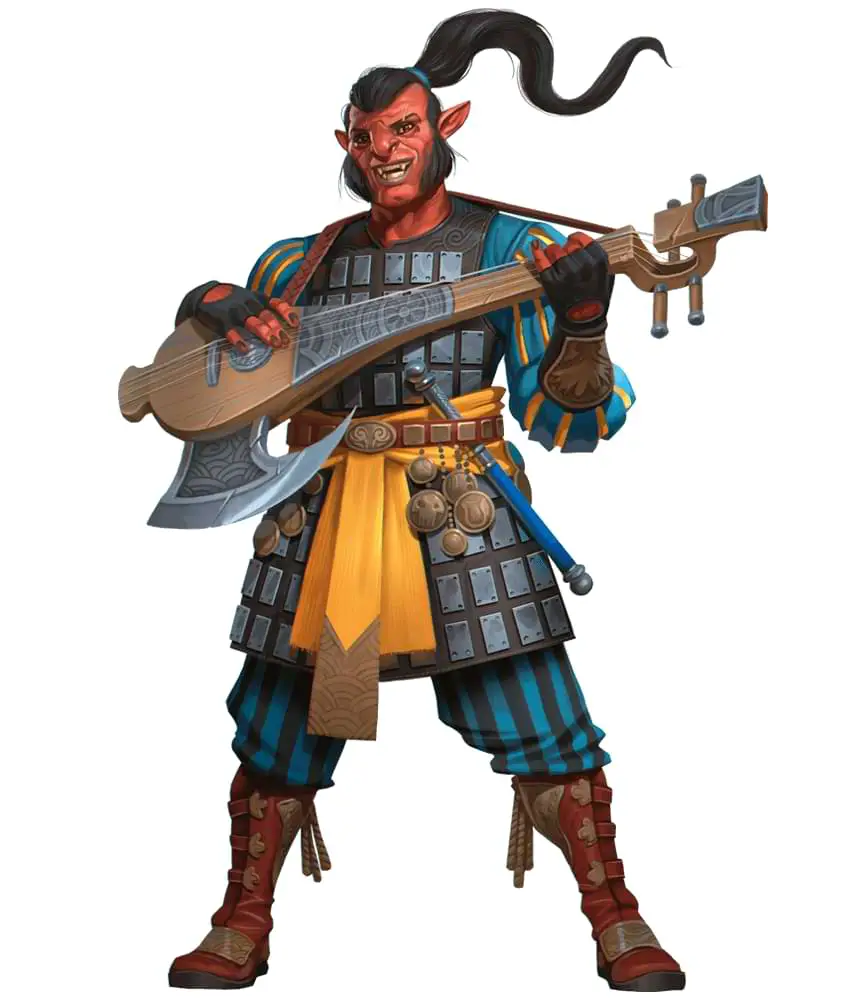
College of Valor Bard Features 5e
The College of Valor Bard’s features greatly help them stand out as one of the party’s damage dealers without losing sight of the power of their spells and Bardic Inspiration.
Their kit makes for a well-balanced Bard who is able to get more aggressive without compromising their support role in the party.
Bonus Proficiencies (Level 3)
When you join the College of Valor at level 3, you first gain several new proficiencies. We can’t have you charging into combat without some extra know-how, can we?
Specifically, you gain proficiency with medium armor, shields, and Martial Weapons.
Right out of the gate, there are several ways that your Bard’s build can go. It’s important to start thinking about what role your character fills in the party so that you can build them accordingly.
We’ll take a closer look at each of the proficiencies and I’ll throw in my “two cents” for each.
Medium Armor
If you’re going for a Strength build, Medium armor is a solid bet for you. You won’t want to bother having more than a 14 in Dexterity as all of the Medium armor options limit you to a +2 Dexterity modifier.
It’s also a good idea to look into gaining the Heavily Armored feat once you’ve sufficiently bumped up your Strength and Charisma abilities.
If you’re planning on a ranged or other Dexterity build for your character, you’re better off sticking with light armor.
Also Check Out: Feats in D&D 5e Explained
Shields
Gaining an extra +2 AC for using a shield is great. While you’re definitely great in combat, you’re not as tough as a Barbarian or a Paladin. You want to get all the extra Armor Class that you can.
Generally, I wouldn’t recommend going for a dual-wielding College of Valor Bard if you’re looking to optimize your character. The extra attack simply isn’t going to be as valuable as the extra AC.
Not to mention the fact that your Bonus Action is going to be in high demand. Between your Bardic Inspiration and awesome spells like Healing Word, you want to keep a level of flexibility in how you spend your turns.
Martial Weapons
Proficiency with Martial Weapons adds a ton of new options for your character.
Of course, there are classics like the longsword which is perfect if you’re looking to also use a shield. Though you did start with proficiency in longswords as a level 1 Bard.
You might consider trading in the longsword’s slashing damage for a one-handed weapon that does a different type of damage. Warhammers and flails are solid bludgeoning damage options while a Morningstar is a great pick if you prefer piercing damage.
That said, you might instead decide to bring the pain with heavy hitters like a greatsword or a halberd. You’ve got no shortage of options now!
For those who prefer a ranged build, you also now have proficiency with ranged weapons like the longbow and the hand crossbow.
If you’re considering a ranged build, you’ll also want to check out my guide to Ranged Combat in D&D 5e.
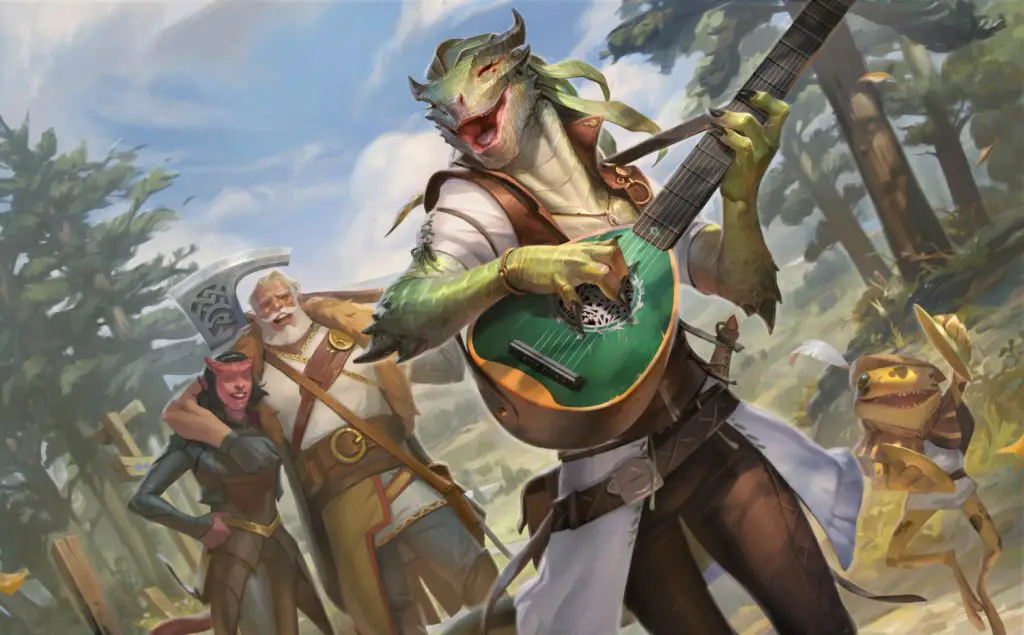
Combat Inspiration (Level 3)
As with the other Bard subclasses, the College of Valor Bard gets a new way to use their Bardic Inspiration at level 3.
In this case, it’s the appropriately-named Combat Inspiration.
A creature that has a Bardic Inspiration die from you can roll that die and add the number rolled to a weapon damage roll it just made.
Alternatively, when an attack roll is made against the creature, it can use its reaction to roll the Bardic Inspiration die and add the number rolled to its AC against that attack, after seeing the roll but before knowing whether it hits or misses.
Bardic Inspiration is already a fantastic ability, but Combat Inspiration further adds to what it’s capable of.
Generally speaking, the second use of your Combat Inspiration is going to be more valuable in my opinion.
Doing extra damage is nice and all, but it’s not usually quite as “defining” as the typical Bardic Inspiration that can potentially turn a miss into a hit. Unless your ally is reasonably sure that this is the attack that will drop the enemy, getting that extra AC is generally a better deal.
You might be facing an enemy that hits like a truck full of bricks. Your ally may have just gotten punished by the creature and is about to drop to zero hit points if they can’t last until the healer is able to help them out.
A reaction might be a small price to pay!
Being able to pump up your AC is typically more important than dealing an extra bit of damage. However, your ally will largely have to trust their gut feeling when deciding how to use it. If the enemy is looking weak, it might instead be a perfect time to charge!
Keep in mind that your Bardic Inspiration is the key to playing a Bard no matter what subclass you choose. If you haven’t checked out my full guide to using Bardic Inspiration yet, you need to!
Extra Attack (Level 6)
Just like the martial classes, hitting level 6 gives you the much-loved Extra Attack feature.
Starting a 6th level, you can attack twice instead of once whenever you take the Attack action on your turn.
Short, sweet, and oh-so useful!
Most Bards will commonly be using their Action for classic spells like Vicious Mockery or the like. They might also pepper in some shots from their crossbow or thrusts with their rapier.
But you’re not most Bards, are you? No… You’re a College of Valor Bard!
When you take the attack action, you can now swing twice (or fire twice if you’re using a ranged weapon). This means that you’re typically going to get much more value out of attacking with your weapon instead of casting a spell.
Of course, keeping something like Vicious Mockery ready to give particularly troublesome enemies disadvantage on their next attack can be a great call too! You’re a great warrior, but don’t forget that you shine brightest when you’re supporting your front lines!
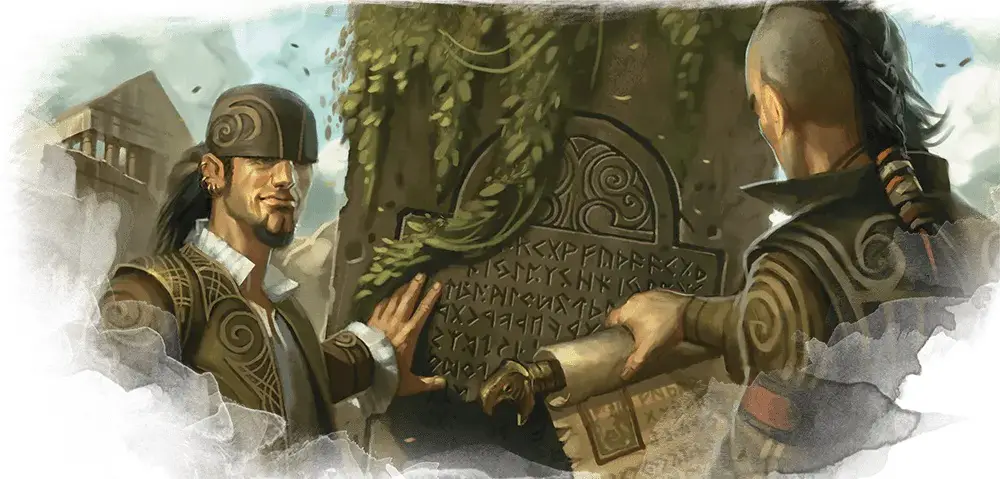
Battle Magic (Level 14)
Finally, we come to the College of Valor Bard’s capstone ability: Battle Magic.
Can’t choose between casting a spell and attacking that enemy? This feature has you covered!
When you use your action to cast a Bard spell, you can make one weapon attack as a bonus action.
As far as subclass features go, this is a bit more on the situational side of things. It only really comes into play when you’re wanting to cast a spell, though you’re likely more accustomed to taking your two attacks each round.
Still, it can be nice to have. Let’s say that you want to throw some healing to your ally who is also currently squaring up with an enemy. You can cast something like Cure Wounds on your friend while taking a Bonus Action to still dish out some pain to the enemy.
You might use your Magical Secrets (gained by Bards at level 10) to pick up a useful damage cantrip like Booming Blade or Green Flame Blade. Those would let you cast the spell as an action while still getting to follow up with a second attack.
But I think that’s honestly kind of a waste…
Magical Secrets is GREAT for grabbing a couple of good utility or “emergency” type spells like Counterspell or Bigby’s Arcane Hand. You’re already able to put out some respectable damage while supporting your allies and locking down some battlefield control with your spell options.
There will certainly be some times when this is a good feature to have. However, this capstone is a little on the “meh” side of an otherwise awesome subclass.
You aren’t likely to see any significant damage output increases with this, but it’s good for those times when you need to “split the difference” to best support your party!
Also Check Out: The Best Bard Spells By Level in D&D 5e!
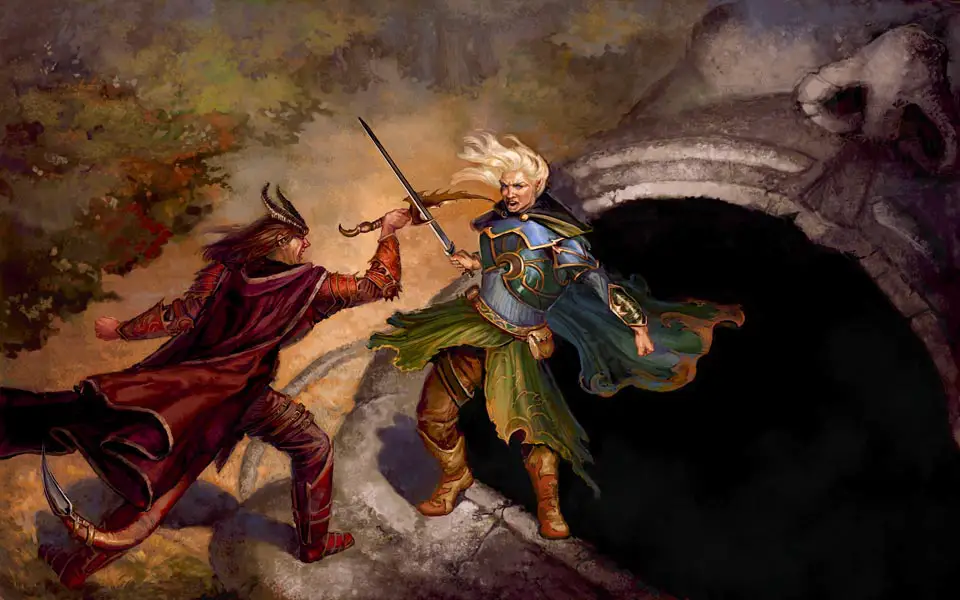
Connections
So how does a College of Valor Bard fit in with your game’s world?
Thankfully, this is quite possibly the easiest of all of the Bards to fit in with the party. After all, a collector of heroic tales wouldn’t be likely to find new stories to share if they don’t go out adventuring, would they?
When crafting your Valor Bard’s personality, consider what has inspired them to take this path.
A few questions for your consideration:
- Who are some heroes (past or present) that your Valor Bard most looks up to?
- What do they define as “glory”? (Is it conquest? Passion? Championing a specific deity?)
- Have they been in an adventuring party before? If so, what stories do they have of that party’s deeds? What happened to the party? Did they succeed on their quest?
- What motivates your Bard to fight?
Not only will this help define who your character is and what types of deeds they view as heroic, but your DM will likely be overjoyed to share some of the heroic myths of the game world with you!
A College of Valor Bard can quickly become a popular member of the party. After all, who wouldn’t be flattered to hear tales of their own heroic deeds?
You’ll likely find yourself getting along best with the party’s martial classes, particularly Paladins, Fighters, and Barbarians. That said, other classes like Rogues and Wizards are also capable of benefitting from your aid to perform heroic feats of legend as well!
Is the College of Valor Bard Good?
All in all, this is a solid Bard subclass. It definitely suits a player who wants to play aggressively and really be “in the action” on the frontlines of combat but still easily fills gaps in the party’s composition.
Much like the College of Swords Bard, the College of Valor plays a bit with the idea of what a Bard character is “supposed” to be.
The biggest opportunity here is that the College of Valor Bard doesn’t get any Fighting Styles from their features. As a melee combatant, your Extra Attack is good but not having access to Fighting Styles puts a bit of a ceiling on how your character operates and what they’re capable of in combat.
For that reason, it’s probably not a bad idea to pick up some levels in Fighter if you want to Multiclass. Paladin could be a solid choice as well.
Your capstone feature, Battle Magic, is pretty situational. Around level 10, you’ll likely be itching for more to do on your turn than attack twice and give out some Bardic Inspiration. I’d say grab your 10th level in Bard then look to grab at least a few levels in either Fighter or Paladin.
The biggest piece of advice that I can give is to not forget your role in the party. You’re a great warrior in your own right and a valuable member of the party, but you’re at your best when you are supporting your allies.
Don’t forget to keep your allies inspired, healed, and focused on the glory to be won!
Related: Ranking Every Bard Subclass in D&D 5e!
Conclusion – Guide to the College of Valor Bard in D&D 5e
Are you feeling pumped yet?
That concludes this guide to the College of Valor Bard in D&D 5e. It’s an interesting subclass that really lends itself to those who prefer to support their allies from the party’s frontlines.
What do you think? Will you join this noble tradition of skalds to carve your party’s heroic deeds into legend?
Still have any questions or entertaining stories about the College of Valor?
Let’s talk in the comments!
Ready to level up your Bard skills? My Complete Bard Class Guide will help you!
In the meantime, don’t forget to sign up for my newsletter below. I’m constantly publishing new content to help make your games unforgettable. If you don’t want to miss a thing, the newsletter is the place to be!
You can also follow me on Facebook and Twitter.
If you found this article helpful and want to support the site, you can buy me a coffee here! (It’s not expected, but very appreciated!)

